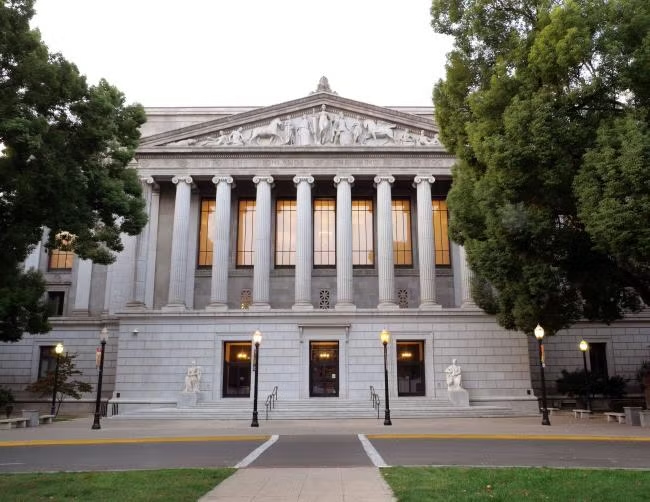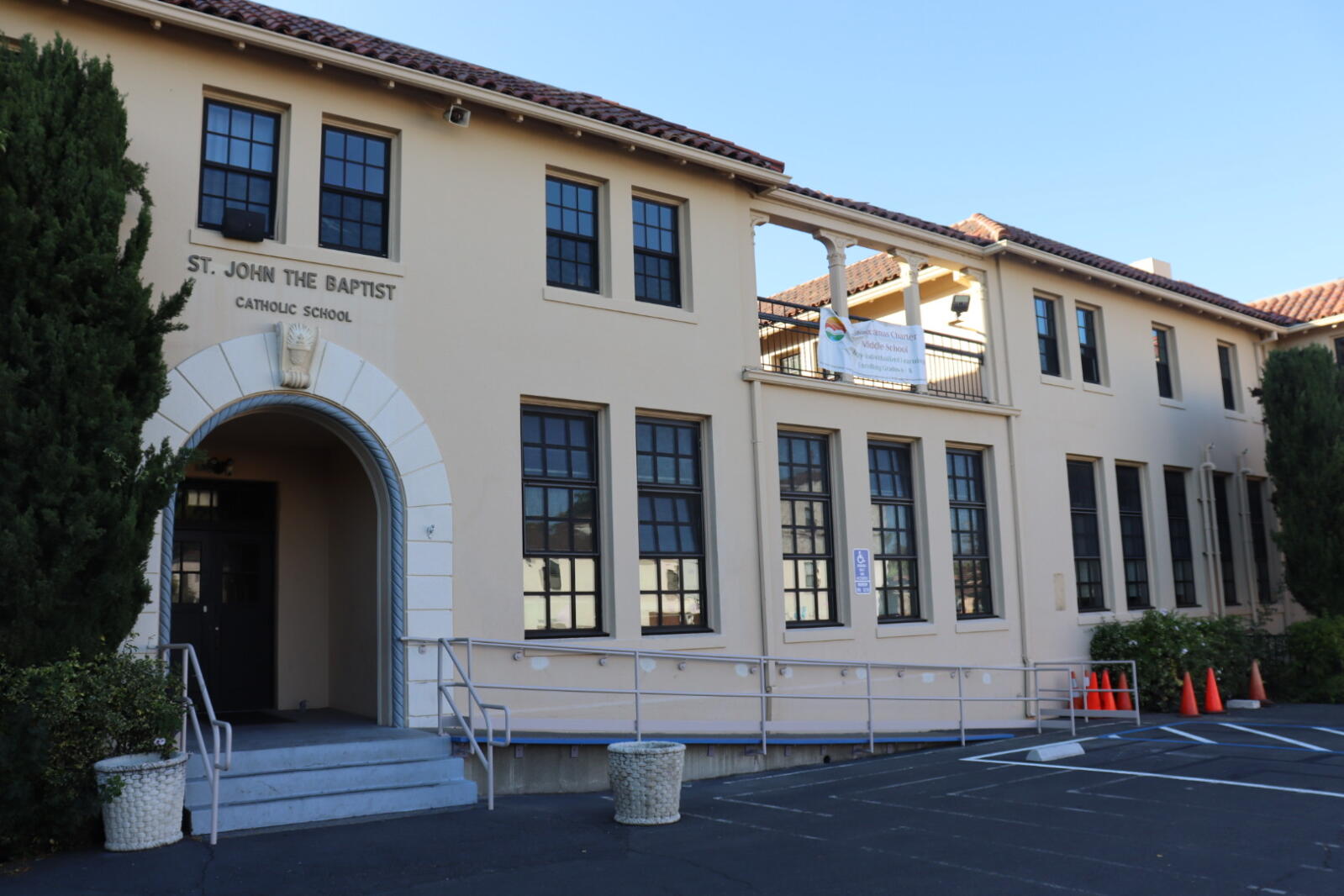The California Court of Appeal recently rejected a contractor’s attempt to use a Public Contract Code statute to overcome a district’s argument that the contractor was responsible for its means and methods of construction, where the plans and specifications gave the contractor flexibility. (Suffolk Construction Company, Inc., et al. v. Los Angeles Unified School District, et al. (March 30, 2023; 2d Div. No. B285400).) The Court held that while California law prevents a public entity from shifting responsibility for design errors to a contractor through a construction contract, no law prevents the public entity from giving the contractor flexibility within certain design parameters and holding the contractor responsible for their means and methods of construction.
Background
Los Angeles Unified School District (“LAUSD”) entered a public works contract with Suffolk Construction Company, Inc. (“Suffolk”) to construct a new K-8 school. Suffolk, through its concrete subcontractor, poured concrete to serve as foundations for the buildings. The concrete began to crack a few days after the pour. The parties took several months to investigate the cause of the cracking. Suffolk requested a time extension and roughly $3.3 million in delay damages from LAUSD, attributing the cause for the delay to LAUSD’s plans and specifications.
LAUSD’s plans and specifications included performance specifications. A “performance specification” defines the functional requirements for an aspect of a project, the environment in which it must operate and interface and interchangeability characteristics. It describes the required results and provides criteria for verifying compliance; however, a performance specification does not state the “means and methods” for achieving the required results.
Suffolk filed a lawsuit against LAUSD for breach of the implied warranty of correctness of the plans and specifications, specifically for an incorrect concrete design. In response, LAUSD argued that the plans and specifications provided performance standards for the concrete, and Suffolk was responsible for selecting the concrete mix as part of the contractor’s “means and methods” of construction under the contract. LAUSD argued that the amount of water Suffolk used in the concrete mix caused the cracking. Accordingly, Suffolk was also responsible for the delay resulting from the cracking.
At trial, the Superior Court gave an instruction to the jury based on Public Contract Code section 1104, a statute that prohibits public agencies from requiring contractors to assume responsibility for the completeness and accuracy of public works plans and specifications. The jury, in turn, found that LAUSD was responsible for the cracked concrete due to faulty design. LAUSD filed an appeal.
Decision
The Court of Appeal’s analysis focused on whether Public Contract Code section 1104 was correctly applied to the facts in the case. Section 1104 was enacted to prevent a public entity from shifting responsibility for design errors to the contractor through the construction contract. Therefore, Section 1104 is relevant only where a public agency attempts to require a contractor to accept responsibility for design errors under the contract. Further, the Court concluded that the statute is irrelevant to claims for breach of warranty of the correctness of plans and specifications.
Applying this reasoning to the facts of the case, the Court held that Suffolk’s claim failed to allege that the contract included a provision that Suffolk would be responsible for design errors in the plans and specifications, so Public Contract Code section 1104 was irrelevant to the case. The Court noted Suffolk failed to identify any law that barred the District from using contract provisions that gave the contractor flexibility to choose a concrete mix that would meet the performance specifications provided. Finally, Suffolk failed to identify any law supporting the argument that having the contractor choose the concrete mix violated Public Contract Code section 1104.
In conclusion, the Court held that the Superior Court should not have given the instruction to the jury based on Public Contract Code section 1104, and the Court reversed the verdict against LAUSD as a result.
Impact
Performance specifications are commonly used in district projects. Suffolk further clarifies the difference between contracts that violate Public Contract Code section 1104 by shifting responsibility for design errors from the school district to the contractor and contracts that allow the contractor flexibility to use its expertise and experience to select an option that best suits the contractor’s methods.
If you have questions about public works contracting or construction litigation, please contact a DWK attorney in our Business, Property and Construction group.




![25_0123 DWK 2025 BIT Thumbnail_500x500[1]](https://www.dwkesq.com/wp-content/uploads/2025/02/25_0123-DWK-2025-BIT-Thumbnail_500x5001.jpg)